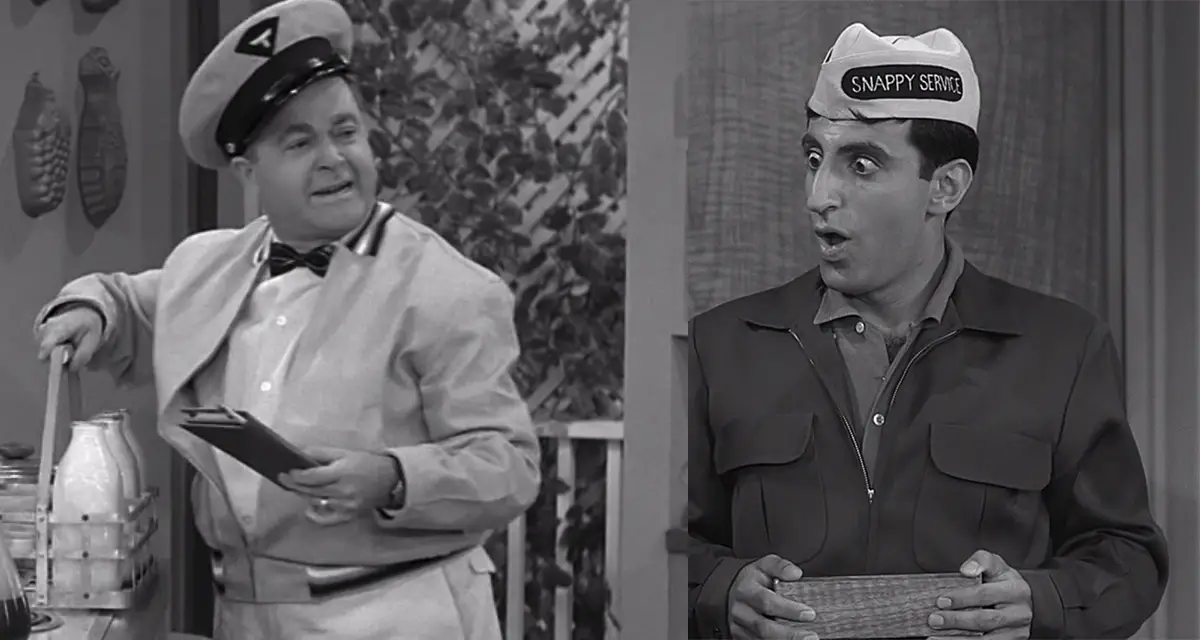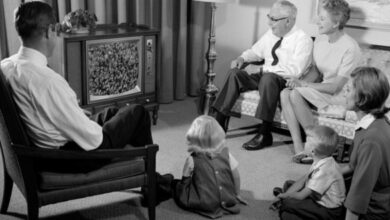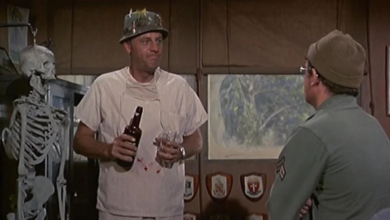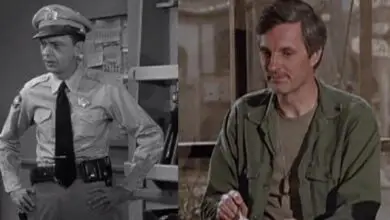The back-to-back disappearing acts of Patrick Adiarte
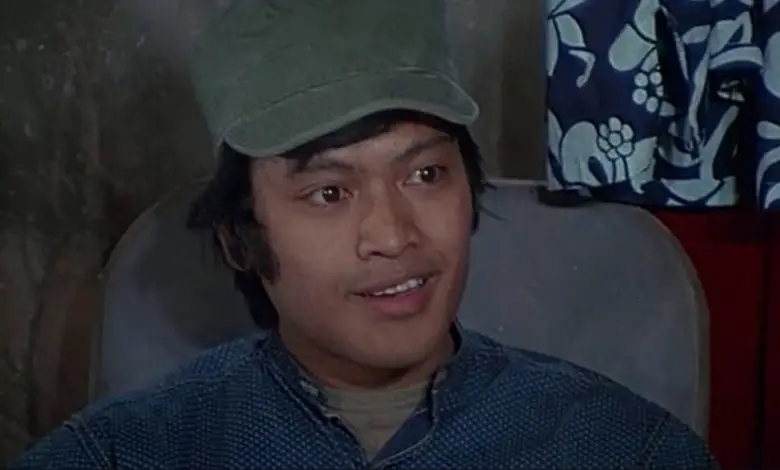
Out of all the MAS*H characters we met in the show’s first season, it’s perhaps Ho-Jon whose character arc frustrated the show’s fans the most.
If you know the show, you might even feel that Ho-Jon got robbed.
In the MAS*H pilot episode, the audience cheers when the camp raises enough money to send Ho-Jon to college at Hawkeye’s alma mater.
It would be kind of hard to forget this introduction to Ho-Jon, as his fundraiser became the first win the camp ever achieved by banding together.
But as Ho-Jon continued appearing over a handful of times throughout the first season, his planned trip to America seems to be at first completely forgotten… and then ultimately put off indefinitely by MAS*H writers.
In fact, for Ho-Jon’s final appearance, in the episode “Ceasefire,” it’s subtly suggested Ho-Jon will never leave Korea, which feels just plain wrong to anyone paying attention. Where did the money go, MAS*H writers? Ho-Jon was headed to college!
It’s not fair to take away his happy ending.
“Ceasefire” finds the camp partying again, this time because there’s a rumor that a ceasefire has been declared and their expectation is that they will all be sent home.
In this episode, Ho-Jon tells the camp how much he will miss them when they leave, with no mention of his intentions to follow them to America when school starts in the fall.
Undoubtedly many MAS*H fans would’ve liked to have seen a more proper send-off for Ho-Jon, who after “Ceasefire” abruptly disappears from the series.
In 1983, The Boston Globe echoed the common fan theory that Ho-Jon did end up in America, and that’s what we at MeTV like to think, too. But the show opted to not show that departure.
Although Ho-Jon only appeared in seven episodes of MASH, the character was memorable because it was played by a flashy actor named Patrick Adiarte, a dancer-turned-actor who said that he never in his life planned to get involved in TV and movies. Perhaps that’s why, soon after leaving MASH, the actor vanished from acting onscreen altogether.
Growing up, Adiarte was raised by his ballet dancer mother who taught him to dance under her own tutelage, until he was 12. By then, he was old enough to attend formal dance classes.
Even as a young boy, he was that special blend of naturally gifted and easily directed.
“My mother taught me how to dance,” Adiarte told The Tucson Citizen in 1978. “I never studied acting. I suppose you could say I learned by doing.”
Adiarte and his mother were very close, and she showed him that once you learned to dance tap and ballet, you could pretty much learn any dance. Taking after her, Adiarte took to dancing just as strongly, and that’s where he saw his future, in dance.
But soon he got so good at dancing that he caught Hollywood’s eye and by the time he was 13, he was already doing movies, suddenly an actor and seemingly on a path to stay in that lane, as he made several movie appearances over the next decade.
However, being on the big screen was not to be. His movie career got put on hold when his fascination with sportscars unexpectedly led him to pivot to TV.
Where Harry Morgan had horses and David Ogden Stiers had cycling, Patrick Adiarte was obsessed with sports cars, and one day, he was riding along in a sports car when the vehicle drove right off a cliff.
The rising movie actor reportedly “suffered a skull fracture, assorted broken ribs, and other injuries.” It was so bad, he was put on a critical list at the hospital, but at last, he healed enough that he was sent home to his mother to recover.
That’s when Adiarte revived his first love: dancing.
He got cast as a dancer in 1965 on the musical variety show Hullabaloo where the story goes that his intense dancing “worried” viewers who feared all that shaking would cause even more injuries and that “before the season’s end, he may shake his brains loose and tear his legs from their sockets.”
Although he was doing the latest moves on Hullabaloo, like the Watusi and the Swim, Adiarte idolized dancers who graced TV and movies like Fred Astaire and Gene Kelly, and he immediately realized that dancing on TV was much different from the stage. This observation helped him stand out.
“There is a difference in the way you dance,” Adiarte told The Sioux City Journal. “In television, you must be very fast and very sharp, so the cameras pick it up.”
Adiarte adapted, as he always did, with grace, and from 1967 to 1974, he exclusively appeared on TV, including shows like The Brady Bunch, Kojak, Bonanza, and Hawaii Five-O.
After that, not much is known about the actor. He seems to have ducked out of the public eye for good, his second vanishing act in the Seventies his last.
While acting in TV and movies didn’t end up being Adiarte’s lifelong calling, we like to think he spent his life dancing, shaking his arms and hips sharply, just like his mother taught him.

